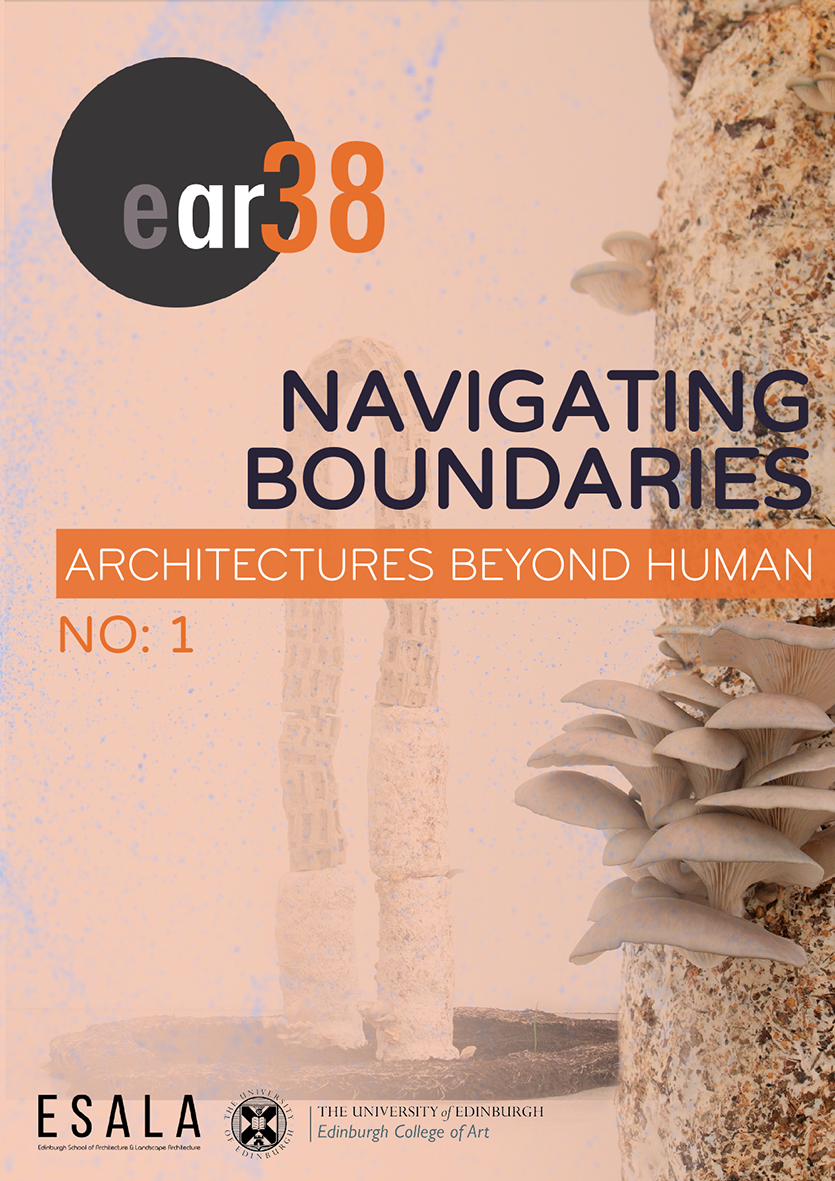Exploding all explosions
Reconfiguring art and architectural meaning, matter, and space with Cornelia Parker’s Cold Dark Matter (1991)
Abstract
In our paper, we seek to explore Cornelia Parker’s art and how it engages with exhibition making that overwrites self-referential narratives by revisioning art and architectural meaning, experience, and space. We intend to theorise how Parker’s non-adaptive and divergent architectural artforms transgress artifactual biases and disarticulate the adaptive preferences and prerogatives in exhibition practice. Instead, she offers a speculative possibility space of non-totality and the devalorisation of meaning yet retaining the ability to respond. Parker’s radical technics of installation assume an arbitrariness. Her installations, we think, disrupt meaning and genre-conforming specificities and reimagine non-essential ways to de-concretise conventional exhibition making that subsumes the totalising agencies of architectural meaning and representation which invariably arrives at dense rigidities. Parker’s large-scale installations like her Cold Dark Matter (1991) not only dislocate the essentialist ways of exhibition practice but also reimagine speculative and innovative technics of spatial and architectural manipulation that fractalises the demarcating ontologies of spatiality and perception, producing immersive and collectively attuned more-than-artifacts that move beyond transcendental dependencies with more-than-art resonances. Parker’s artform entails an architectural practice of speculative reworlding which effectuates an affective unfolding of matter and space, instead of imposing fixities or homeostatic formalisations on them. Through these deviant architectural expressions, we shall attempt to conceptualise how Parker stands out and practises a necessary artistic incompletion to destabilise and confront the architectural rigidities in exhibition making and move towards a radical and non-conformist expressivity that accentuates the untapped virtual potentialities of mind, matter and space to produce events and become something more—a fractalising multiplicity recalibrating the collective dynamics of spatiality, sensibility and perception in relation to curatorial methodologies and experiences by designing alternative exhibitions that involve a radical unbecoming in praxis.

This work is licensed under a Creative Commons Attribution-NonCommercial-NoDerivatives 4.0 International License.


